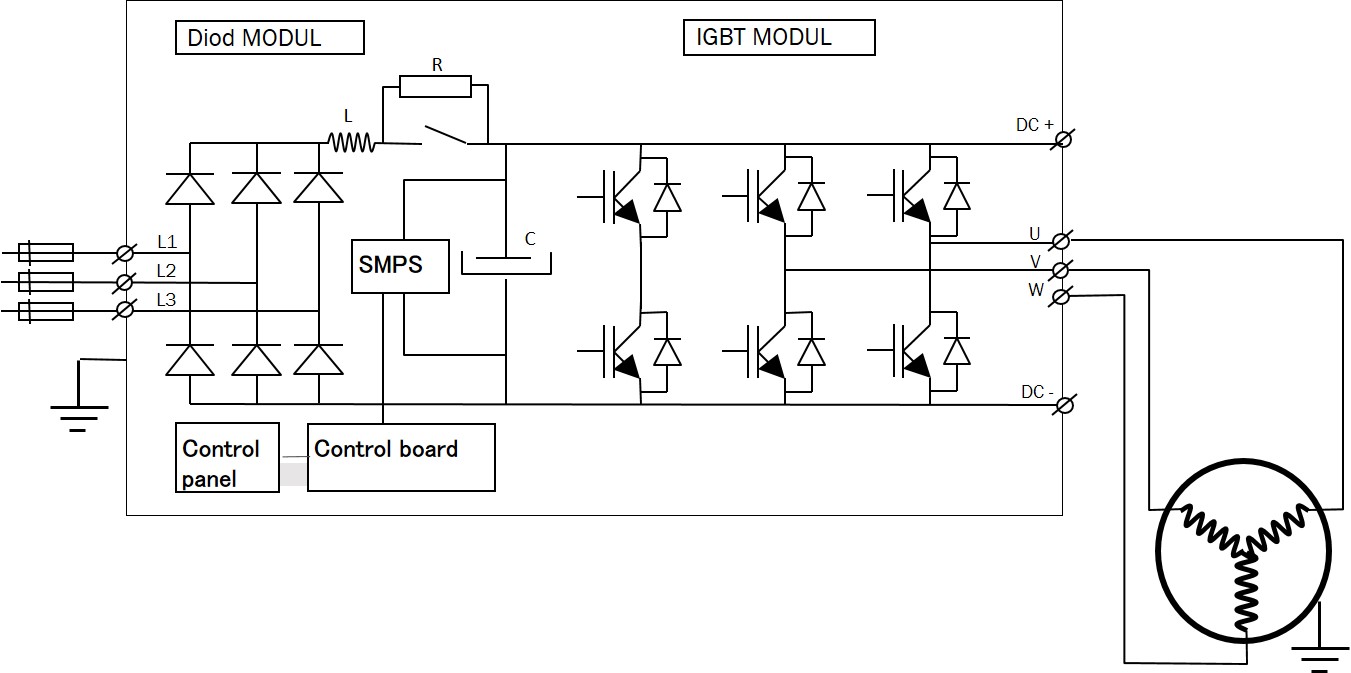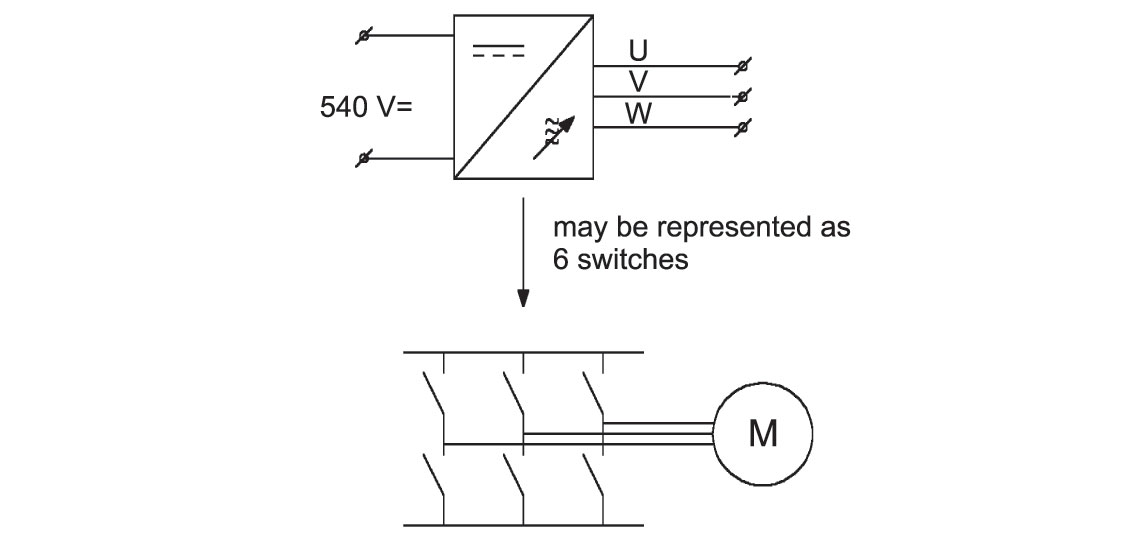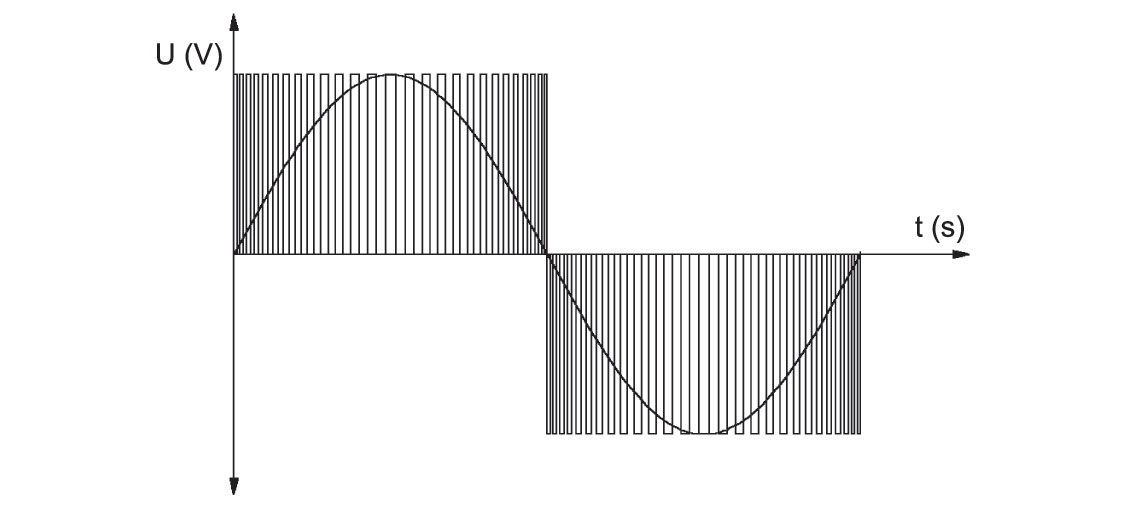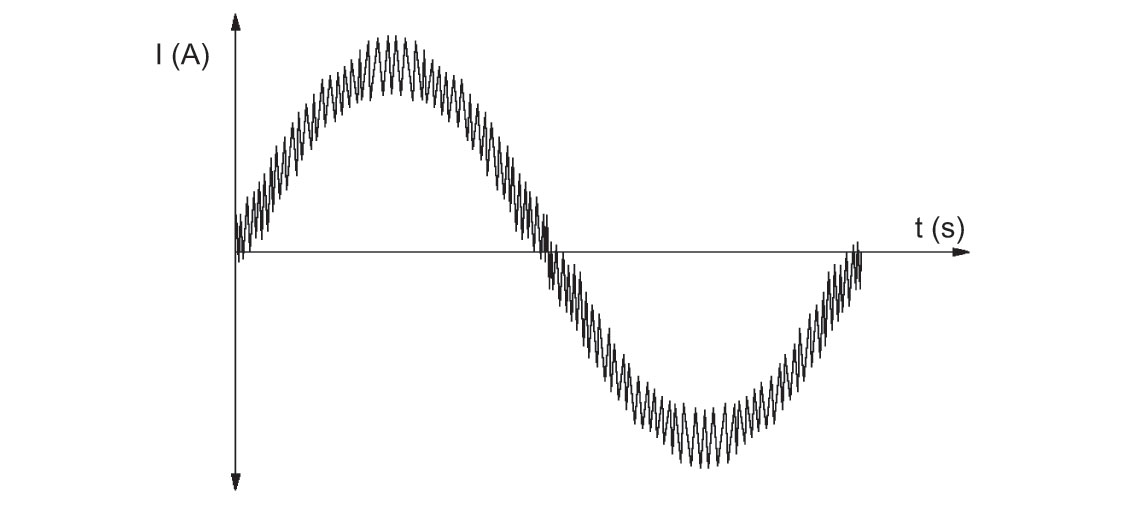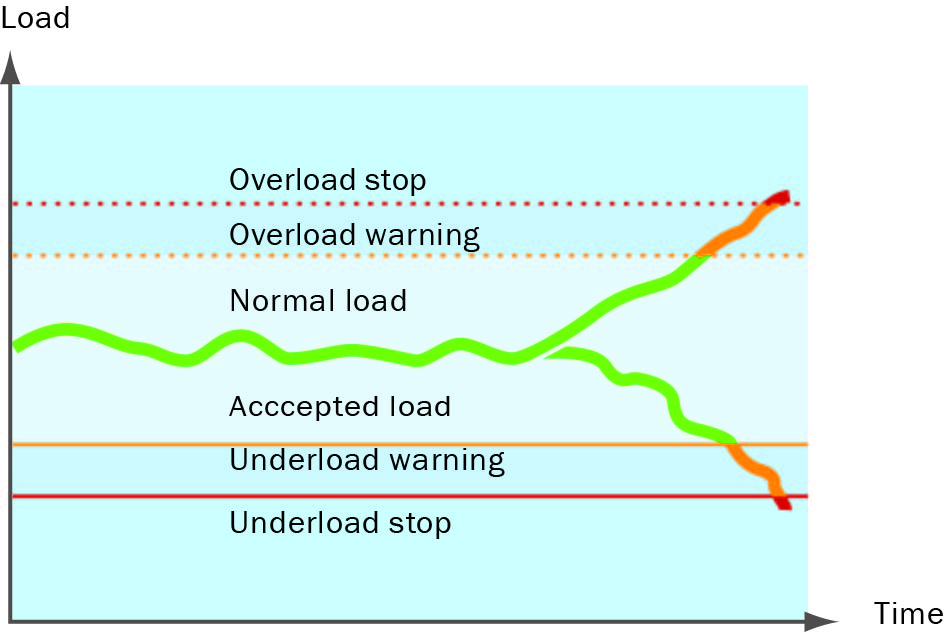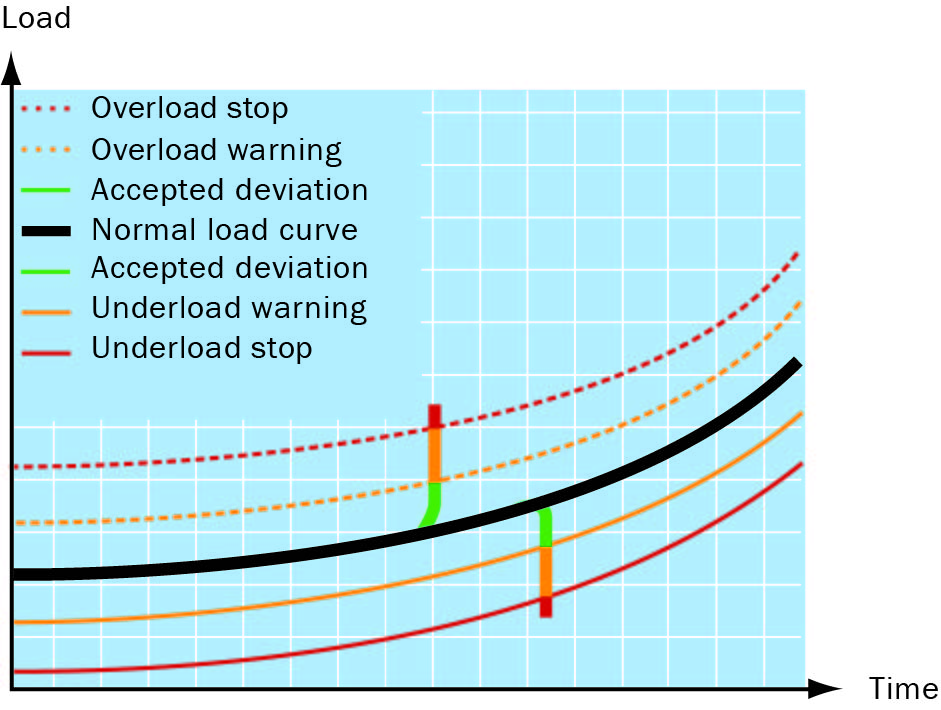Where can I use a VFD?
VFDs are used in applications where it is important to save energy and where complete speed control of the motor is required. There are numerous applications, where the following are most common;
VFD for pumps and compressors
Pumps and compressors are typically used to produce a certain variable pressure or flow in the system. Historically this has been achieved by running the motor full speed and controlling pressure or flow with a valve. Adding a VFD provides great energy saving by instead smoothly (avoiding surges and water hammering) ramping the motor speed merely to the required level to produce the requested pump pressure or flow. The Emotron VFD Load monitor function provides detection of harmful pump process behavior such as dry running, leaking/blocked pipes and cavitation.
VFD for fans and blowers
Fans and blowers are energy consuming and running them with a VFD at optimal speed can lead to considerable energy efficiency gains. A gentle start will reduce the power demand as there is no inrush current. Fans with belt drives also face a potential risk of slipping due to a jerky start. The overall equipment wear is reduced with a VFD and the built-in internal load monitor in the Emotron VFD will notice if a filter is blocked and the VFD will warn or stop the fan before further damage is made.
The efficient power loss ride-through function of the Emotron VFD ensures shorter supply interruptions. A spin start function allows the motor to quickly resume operation of high inertia loads after interruption. The overvoltage controller avoids stops during braking.
VFD for cranes, lifts and conveyor belts
A VFD handles the frequent and critical starts and stops of cranes, lifts or conveyor belts. Starting a heavily loaded crane hoist without jerky movements can be critical. The Emotron VFD gives an instant, yet soft start by ensuring the pre-magnetized motor has enough power to deliver the torque needed to start the movement at the very moment the mechanical brake is released. Furthermore the Emotron VFD provides possibility for a hoist load memory, eliminating any load drop at start.
Emotron VFDs have many smart functions for efficient operation when handling loads and braking with loads. The brake chopper or AFE (Active Front End) technology in the Emotron VFD ensures rapid but soft braking of a loaded crane.
VFD for crushers, mixers, mills, band saws
The VFD can help you run a crusher, mixer or mill at optimal operation speed. A crusher or a mill loaded with material can be difficult to start. This is dealt with efficiently by Emotron VFX boosting the torque to overcome initial peak loads. In addition, for applications such as crushers, mixers or mills where jamming might become an issue, a VFD can be particularly beneficial. For example, the VFD will detect and warn if a mixer running with a broken blade. A mill can automatically be reversed at overload. The built-in monitor will give a constant load indication. Integrated vector braking ensures the quick and secure stop of a mill. The Emotron VFD can maintain the speed to changes in load or material for a crusher, with the help of the Direct Torque Control technology. The overall result is trouble-free operation and reduced equipment wear.
VFD for propulsion, shaft power generation, thrusters and other marine applications
VFDs are used for many marine applications, such as, propulsion, shaft power generation, thrusters and onshore power supply. The advanced AFE-technology in Emotron’s VFD makes it possible to harness shaft power and re-use it effortlessly for other operations on board a ship. LCL-filters in Emotron VFDs guarantee optimum low harmonic content ideal for marine applications. A VFD can make it possible for ships at berth to use shore power by converting the voltage level and frequency (50/60Hz) of the supply.
VFD for hybridization and battery backups
A VFD is in systems with batteries as energy source e.g. hybrid systems. With the Emotron AFE & DCU VFD, it is possible to optimize energy by connecting different power sources, such as generators and batteries regardless of power and voltage levels.
